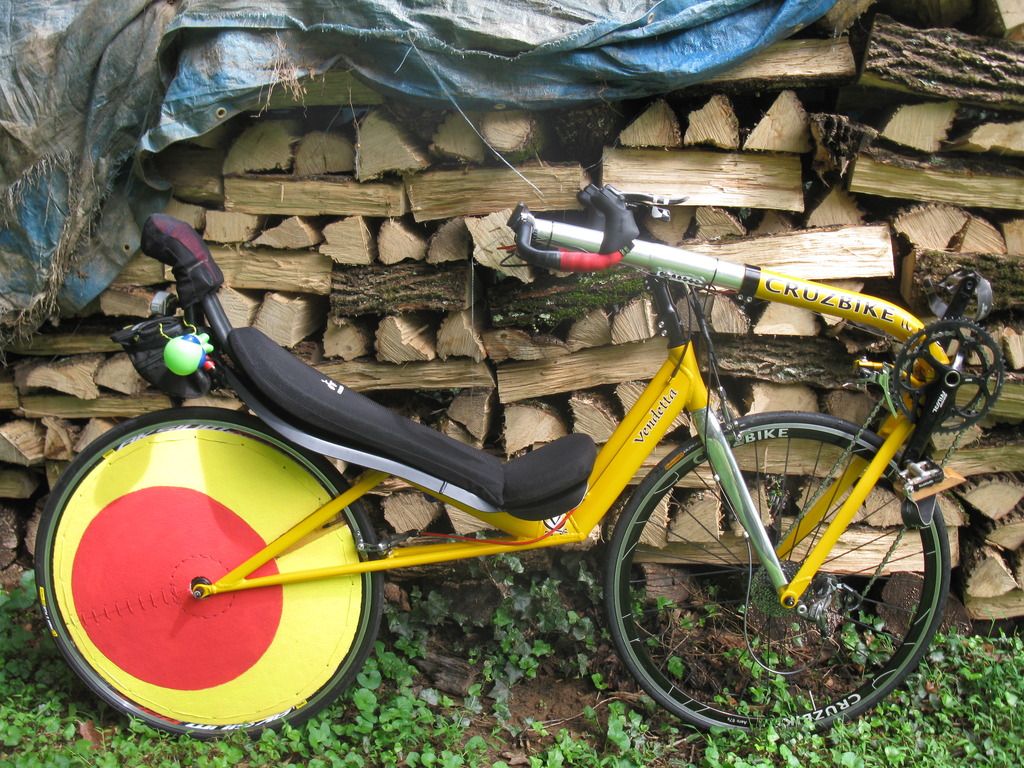BentAero
Well-Known Member
One more thing: You don't need the $40 thru-bag fitting they sell. http://www.fibreglast.com/product/thru-bag-vacuum-connector-00910/Vacuum_Fittings
Just make a home-made straight spigot type vac port by attaching a small piece of 1/4" npt pipe to the quick-connect coupler. Cut several perpendicular slots in the pipe, (don't rely on the air escaping only the hole in the end of the pipe -resin will plug it.) then tape on a scrap piece of breather material. Leave some 'neck' near the coupler for sealant tape. Wrap a piece of the grey sealant tape http://www.fibreglast.com/product/gray-sealant-tape-00581/Vacuum_Bagging_Films_Peel_Ply_Tapes around the neck of the pipe, then insert it into the bag. Tube bag is easy, but not required. Just make sure the 'tail' of the spigot breather is long enough to lay several inches onto the breather material that covers the carbon fiber. This will allow the air to escape.
Clear as mud, right?
Just make a home-made straight spigot type vac port by attaching a small piece of 1/4" npt pipe to the quick-connect coupler. Cut several perpendicular slots in the pipe, (don't rely on the air escaping only the hole in the end of the pipe -resin will plug it.) then tape on a scrap piece of breather material. Leave some 'neck' near the coupler for sealant tape. Wrap a piece of the grey sealant tape http://www.fibreglast.com/product/gray-sealant-tape-00581/Vacuum_Bagging_Films_Peel_Ply_Tapes around the neck of the pipe, then insert it into the bag. Tube bag is easy, but not required. Just make sure the 'tail' of the spigot breather is long enough to lay several inches onto the breather material that covers the carbon fiber. This will allow the air to escape.
Clear as mud, right?



